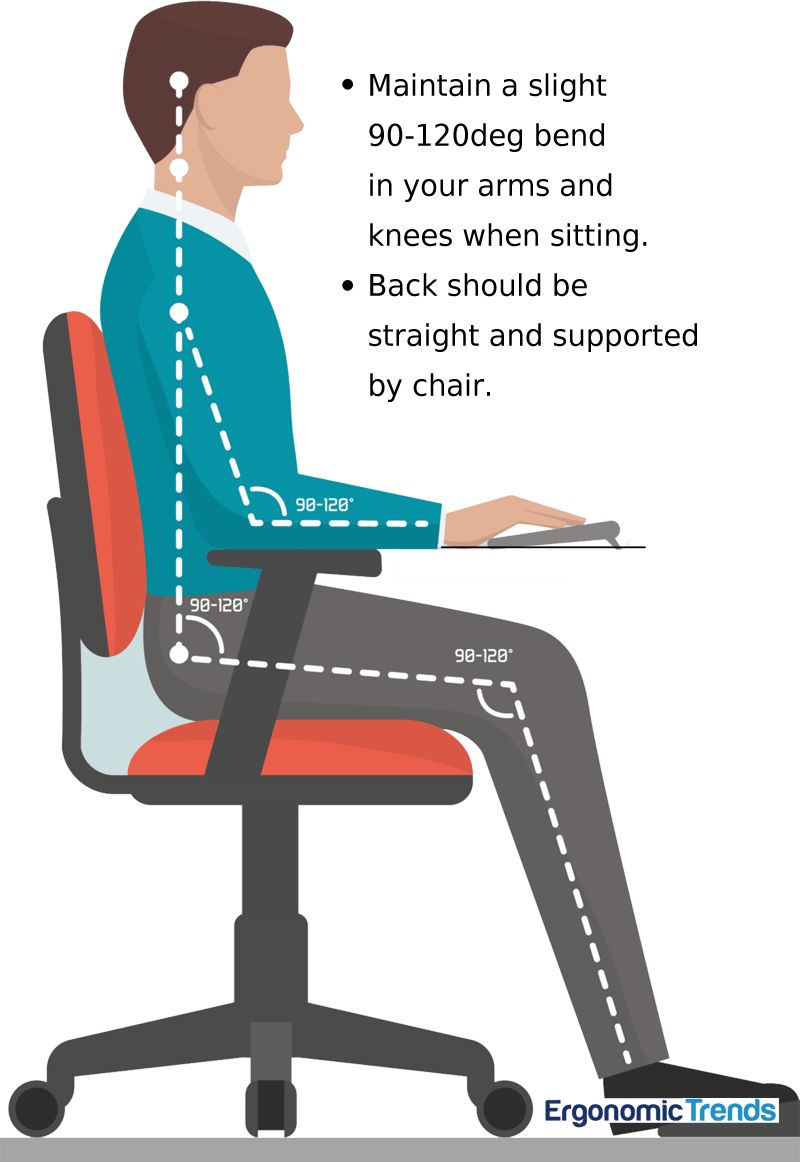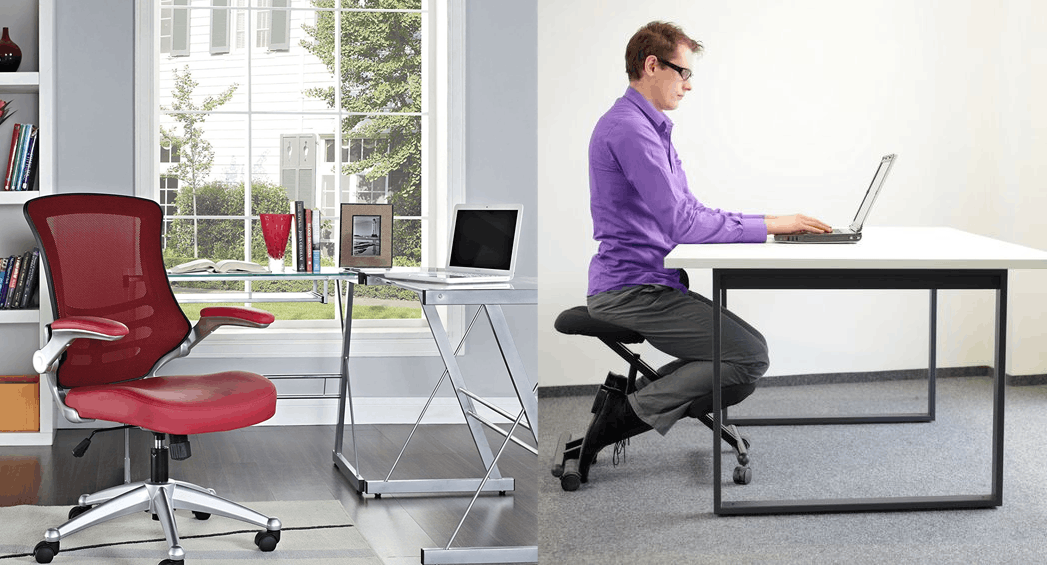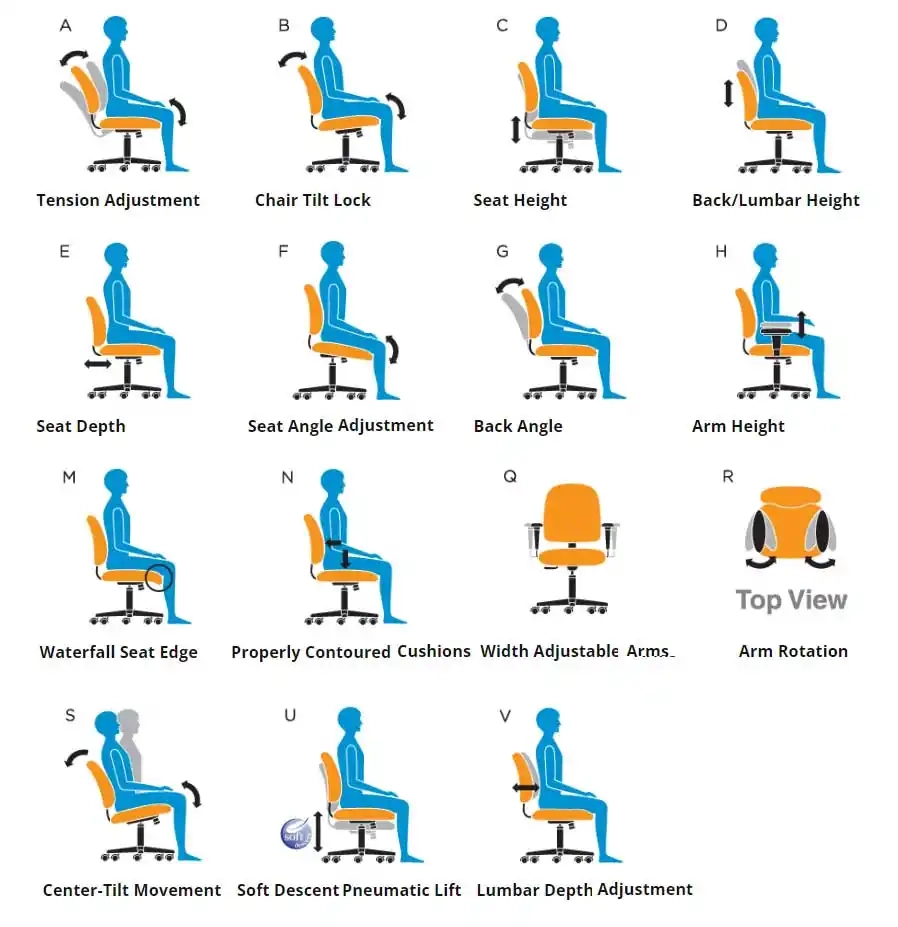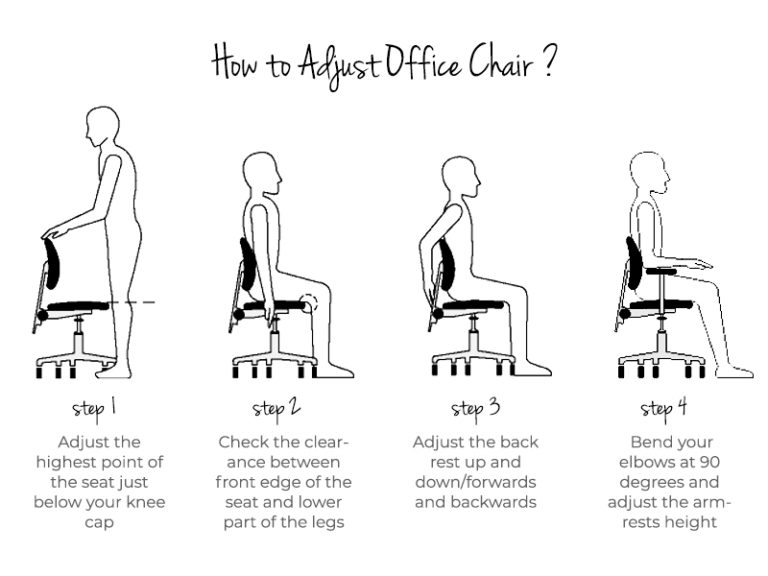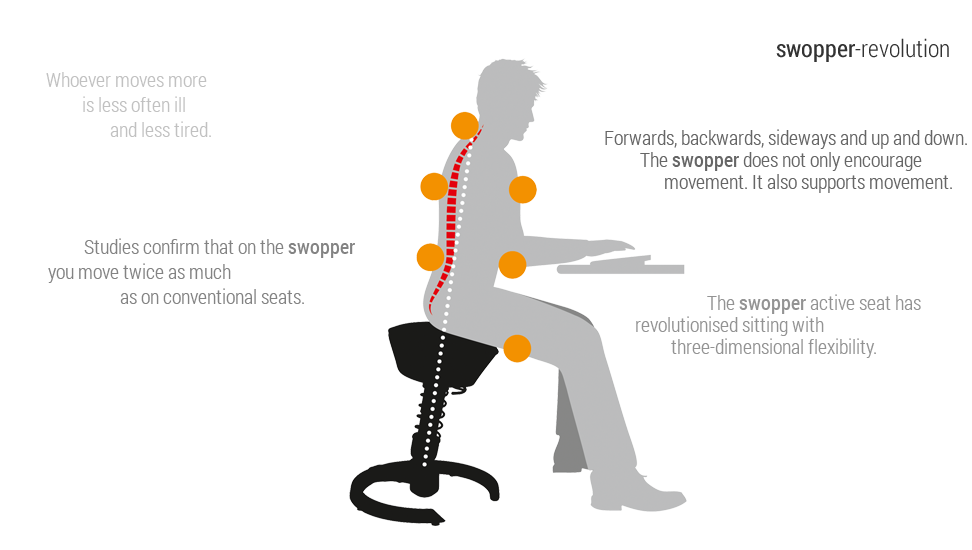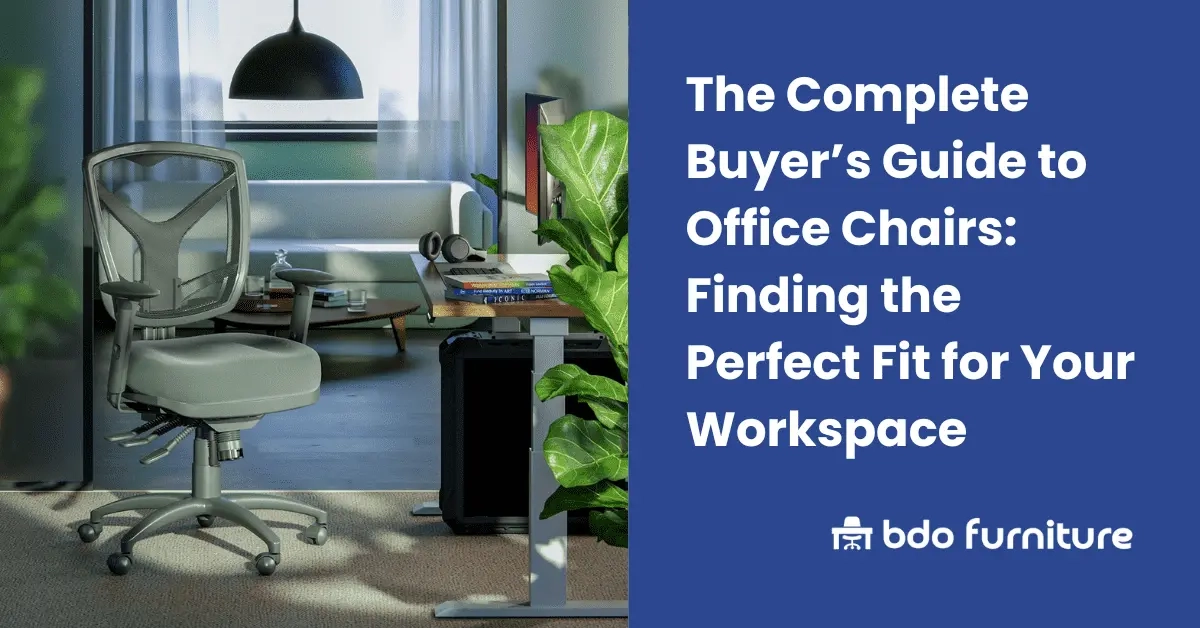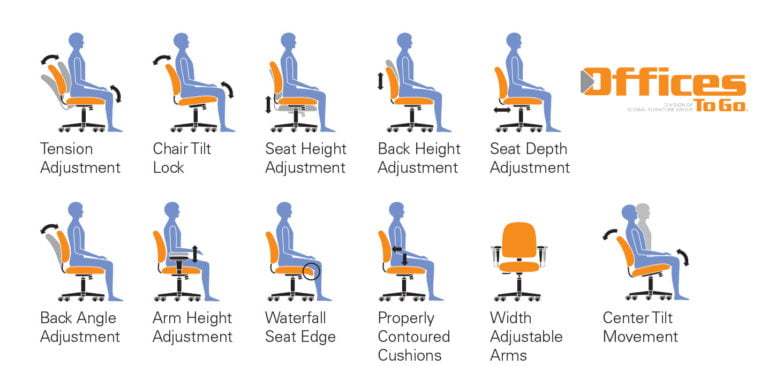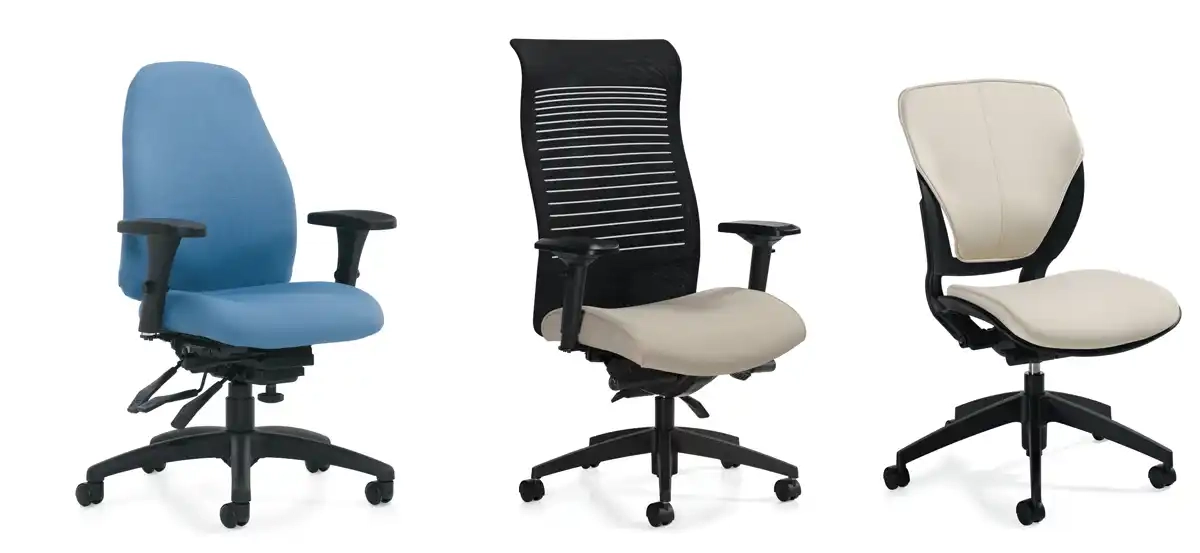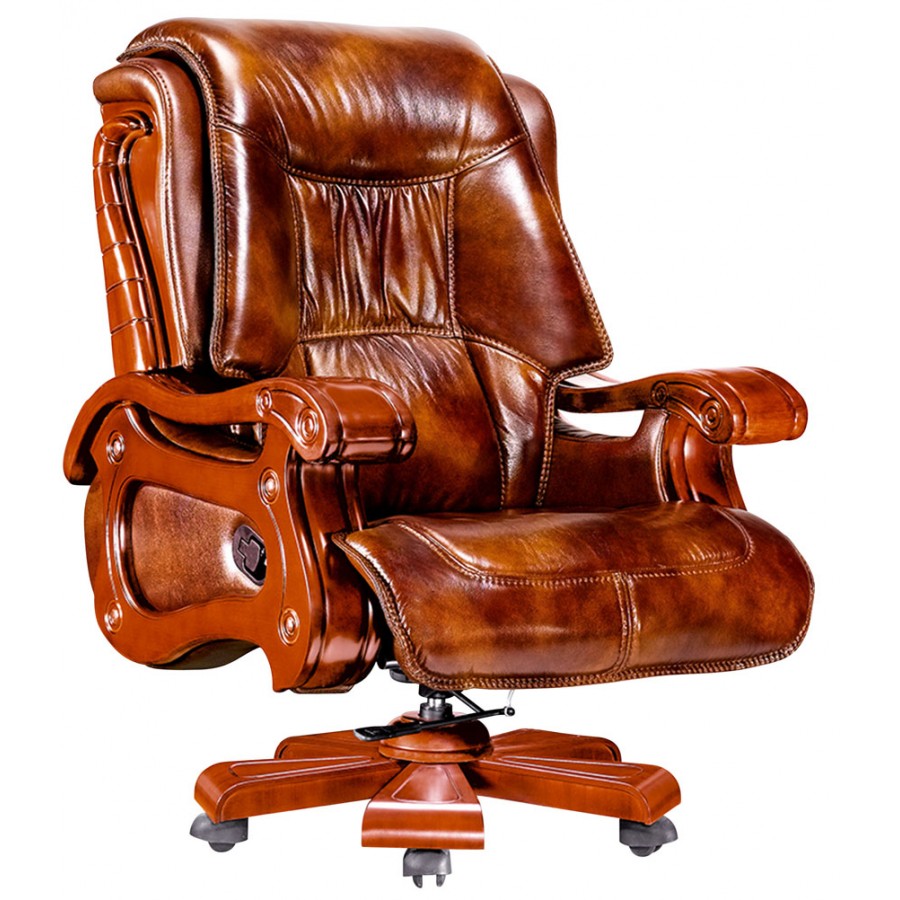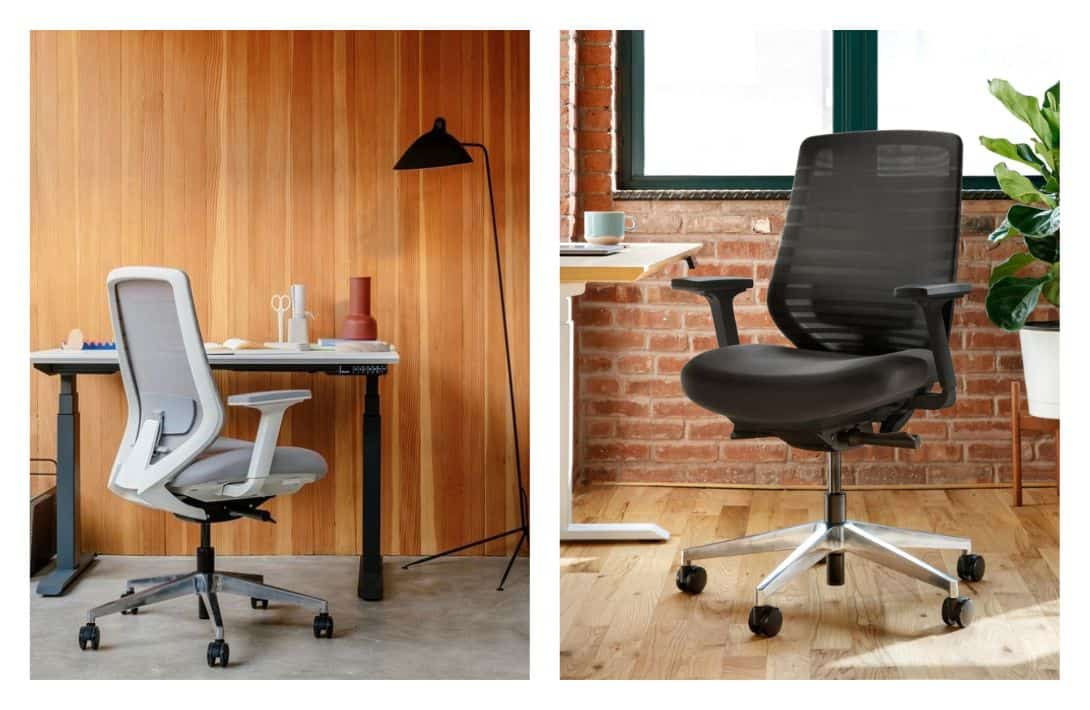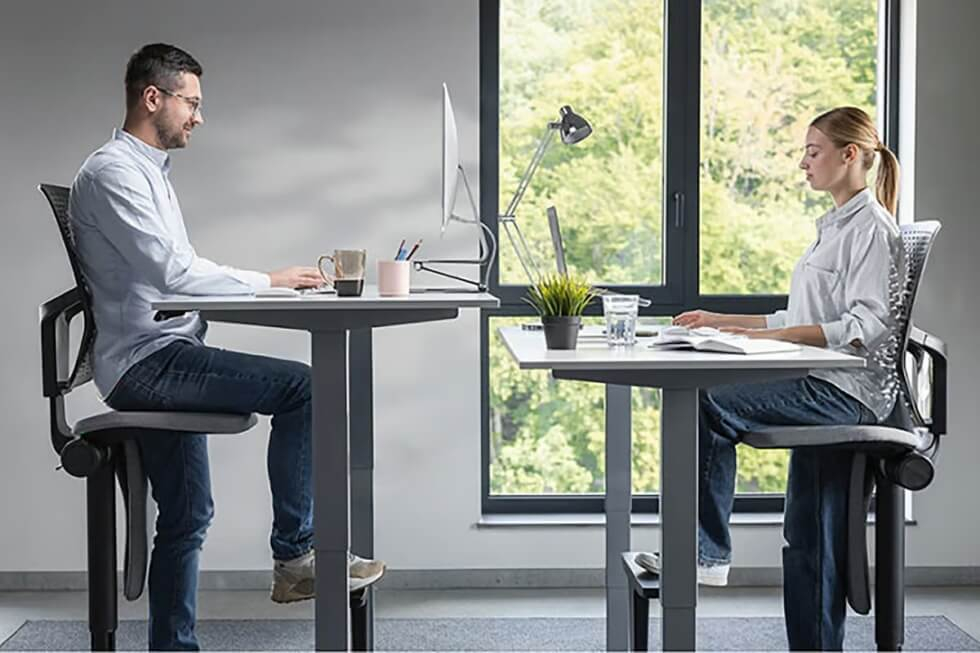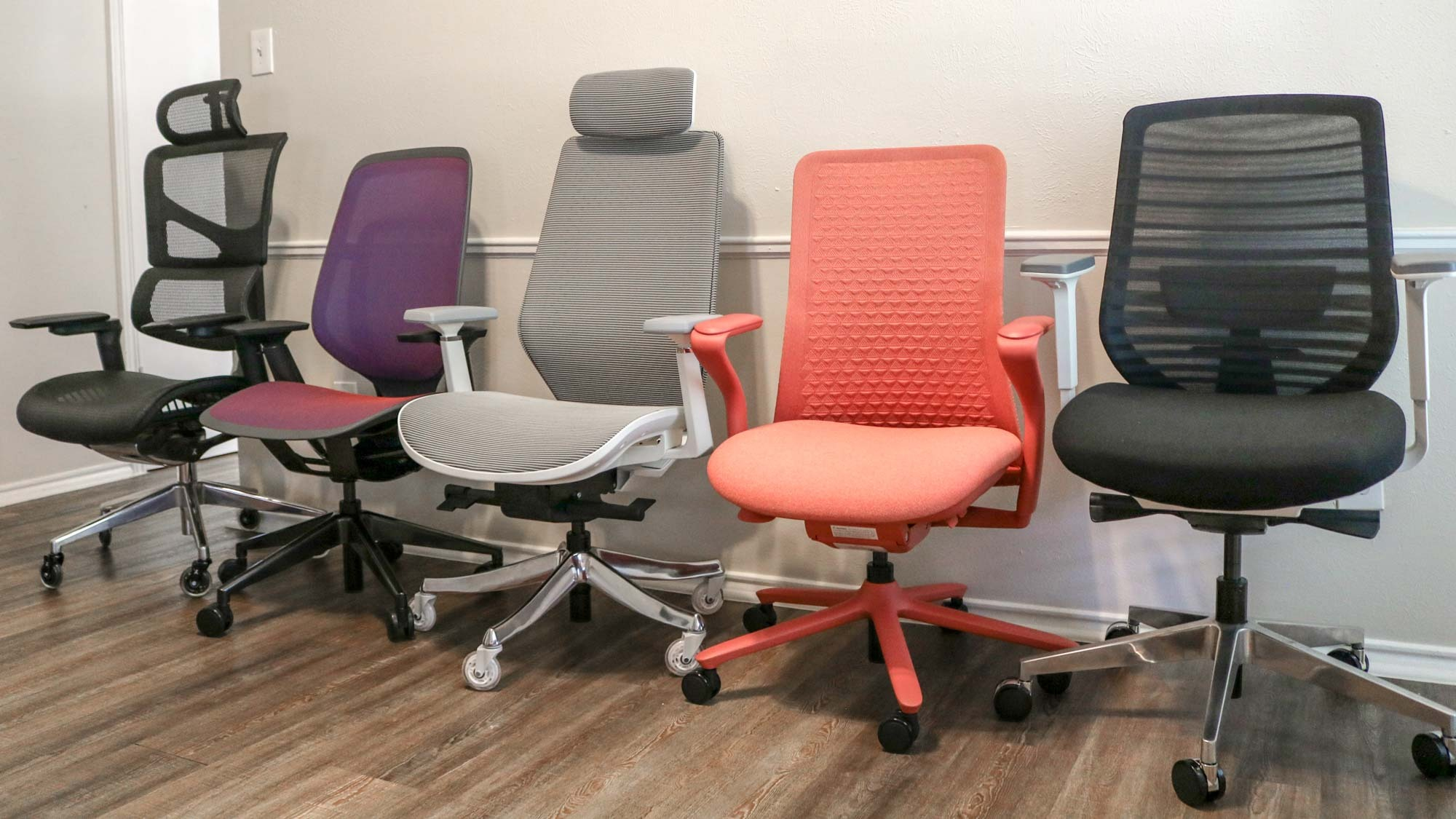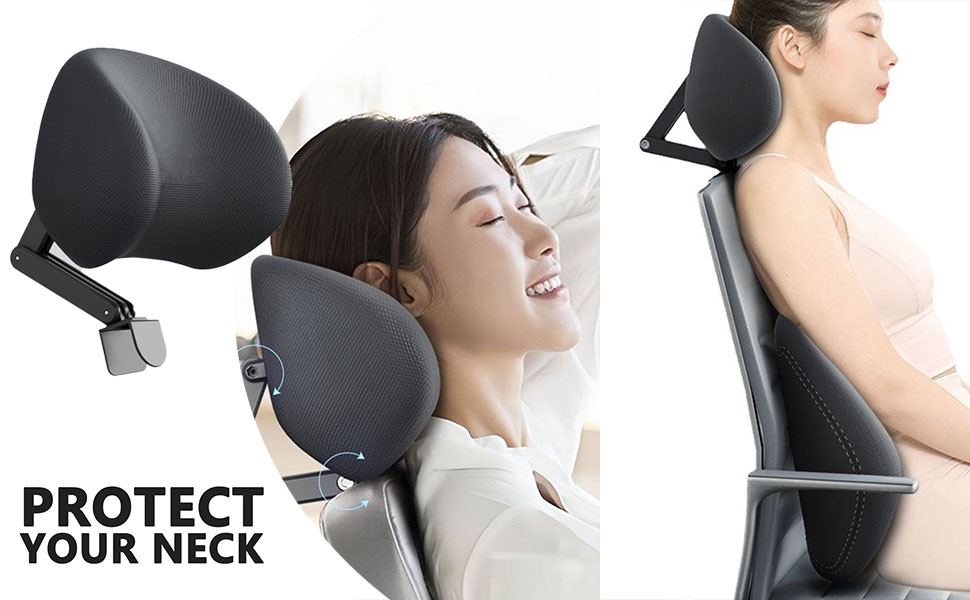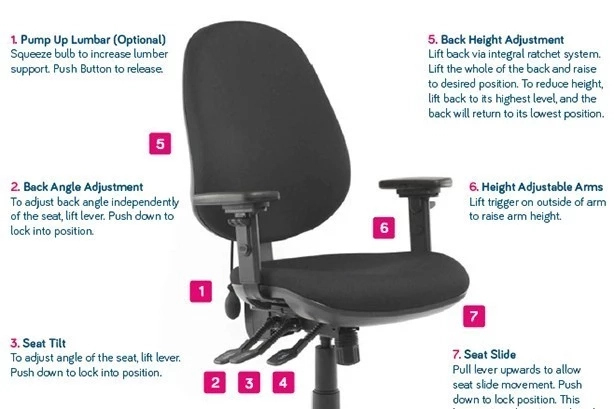Ever feel that nagging ache in your back after a long day at your desk? Or maybe your shoulders are perpetually tight? You’re not alone. For many of us, our office chair is more than just a place to sit; it’s our command center, our creative hub, and often, the source of unwelcome physical discomfort. But what if I told you that the right chair could be the key to unlocking a more comfortable, healthier, and significantly more productive you? It sounds simple, but the impact of a well-chosen ergonomic office chair is profound. Let’s dive into why this piece of furniture deserves your attention and how it can truly elevate your work experience.
We spend a huge chunk of our lives sitting, and for many, that means sitting at a desk. The repetitive nature of our work, combined with poor posture often exacerbated by inadequate seating, can lead to a cascade of problems. We’re talking back pain, neck strain, carpal tunnel syndrome, and even reduced blood circulation. These aren’t just minor annoyances; they can seriously derail your focus and your overall well-being. An ergonomic office chair, however, is designed with your body in mind. It’s not just about plush cushioning; it’s about supportive design that promotes good posture and reduces physical stress. Think of it as an investment in your health and, consequently, your ability to perform at your best. Ready to explore how the right chair can make a real difference?
The Core Principles of Ergonomic Design
So, what makes a chair ‘ergonomic’? It boils down to supporting your body’s natural alignment. The goal is to minimize strain and maximize comfort. Key features to look for include adjustable lumbar support – that’s the curve in your lower back. This is crucial because most of us slouch, putting undue pressure on our spinal discs. A good chair will have a mechanism to support that natural inward curve. Then there’s seat height adjustability. Your feet should be flat on the floor, with your knees at roughly a 90-degree angle. Armrests are important too; they should be adjustable so your shoulders can relax, not hunch up. And don’t forget seat depth. You should be able to fit two to three fingers between the back of your knees and the edge of the seat. This ensures proper circulation to your legs. It’s all about customization to your unique body.
Boosting Productivity Through Comfort
It might seem obvious, but comfort is a major productivity driver. When you’re not constantly shifting to find a less painful position, or trying to alleviate a stiff neck, your focus naturally sharpens. Think about it: if you’re distracted by discomfort, how much attention can you really give to that important report or that creative brainstorming session? An ergonomic chair removes these physical distractions. Studies have shown that comfortable workers are more engaged and less prone to errors. When your body is properly supported, your mind is free to concentrate on the task at hand. This means fewer breaks needed due to discomfort and more sustained periods of deep work. It’s a direct link between physical well-being and mental output.
Long-Term Health Benefits: Beyond Today’s Workday
The benefits extend far beyond immediate productivity. Investing in an ergonomic chair is an investment in your long-term health. Chronic back pain, neck issues, and repetitive strain injuries can have debilitating effects, impacting not just your work but your quality of life outside of it. By promoting proper posture and reducing pressure points, an ergonomic chair helps prevent these issues from developing or worsening. It encourages better circulation, which can reduce fatigue and improve overall energy levels. Some people even report fewer headaches, which are often linked to neck and shoulder tension. It’s about creating a sustainable work environment that supports your body’s health over years, not just hours.
Key Features to Prioritize When Choosing
When you’re on the hunt for the perfect ergonomic chair, keep these features at the top of your list:
- Adjustable Lumbar Support: Essential for maintaining the natural curve of your spine.
- Seat Height Adjustment: Allows you to position your feet flat on the floor with knees at a 90-degree angle.
- Adjustable Armrests: Should support your arms without causing your shoulders to rise.
- Seat Depth Adjustment: Ensures proper leg circulation and support.
- Backrest Tilt and Lock: Allows for reclining and finding a comfortable working posture.
- Breathable Material: Prevents overheating and enhances comfort during long sitting periods.
- Swivel and Casters: For easy movement and accessibility around your workspace.
Don’t be swayed solely by aesthetics. While a chair might look good, its ergonomic functionality is paramount for your well-being and work performance.
Common Misconceptions About Ergonomic Chairs
There are a few myths floating around about ergonomic chairs that are worth dispelling. One is that they’re excessively expensive. While high-end models can be pricey, there are excellent, affordable options available that still offer crucial ergonomic features. Another misconception is that one size fits all. Ergonomics is about personalization. What works for one person might not be ideal for another. That’s why adjustability is so key. Lastly, some people think that just buying an ergonomic chair solves everything. But it’s also about how you use it. You still need to practice good posture and take regular breaks to stand and move. The chair is a tool to help you achieve these things, not a magic bullet on its own.
Making the Transition: Tips for Success
Once you’ve got your new ergonomic chair, ease into it. Your body might need a little time to adjust to sitting with better support. Start by using it for shorter periods and gradually increase the duration. Pay attention to how you adjust the chair. Don’t just set it and forget it. Spend a few minutes fine-tuning the lumbar support, armrest height, and seat depth until you feel truly comfortable and well-supported. It’s also a great opportunity to reassess your entire workstation setup. Is your monitor at the right height? Is your keyboard and mouse positioned correctly? An ergonomic chair is part of a larger ergonomic ecosystem. Combining it with other good practices will maximize its benefits. Remember to stand up, stretch, and walk around every 30-60 minutes. Even the best chair can’t replace movement.
Choosing the right ergonomic office chair is a strategic move for anyone serious about their work and their health. It’s not just a piece of furniture; it’s a foundational element for a comfortable, sustainable, and high-performing workday. By understanding the principles of ergonomic design and prioritizing the right features, you can transform your workspace from a potential source of pain into a haven of productivity. So, take a moment to consider your current seating situation. Is it serving you well? Making the switch to an ergonomic chair is a tangible step towards reducing discomfort, preventing long-term health issues, and ultimately, unlocking your peak productivity. Your body will thank you, and your work will benefit. It’s truly a win-win.

